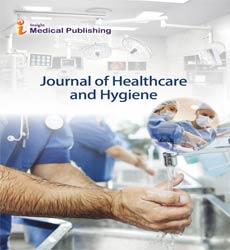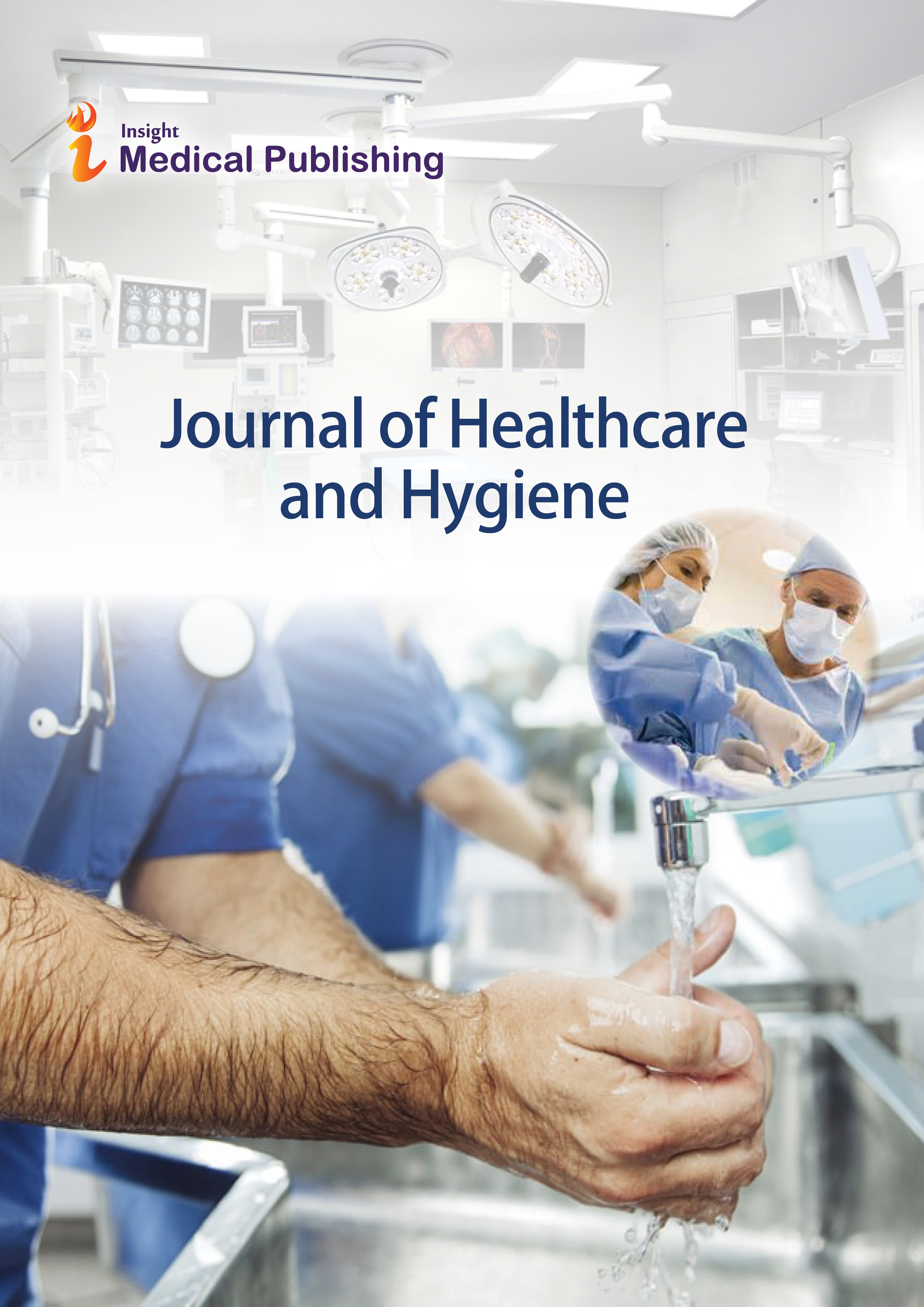Liver Enzymes as an Indicator of Hepatic Insult
Lecturer of gastroenterology, hepatology and Tropical medicine department, Faculty of medicine, Alexandria University, Egypt
- Corresponding Author:
- Rahman MIMAE
Lecturer of gastroenterology
hepatology and Tropical medicine department
Faculty of medicine, Alexandria University, Egypt
Tel: +201061997335
E-mail: marwaibrahim90@yahoo.com
Received Date: September 18, 2017; Accepted Date: September 20, 2017; Published Date: September 23, 2017
Citation: Rahman MIMAE. Liver enzymes as an indicator of hepatic insult. J Health Hyg. Vol.1 No.1:4
Copyright: © 2017 Rahman MIMAE, This is an open-access article distributed under the terms of the Creative Commons Attribution License, which permits unrestricted use, distribution and reproduction in any medium, provided the original author and source are credited.
Editorial
Liver enzymes are markers for a normal liver or a diseased liver; they include ALT, AST among others. ALT which is an abbreviation for Alanine Aminotransferase and AST which stands for Aspartate Aminotransferase; they two enzymes exhibit normal variations in different healthy individuals.
For ALT values ranging from 0 to 45 units/liter are considered normal, AST values also ranging from 0 to 45 units/liter are considered normal. These enzymes are contained within the hepatocytes normally, giving only these minor values in the serum of normal individuals
Variations within normal values are due to differences in metabolism from person to person, ALT is more specific as a liver marker than AST as ALT sources other than the liver are minor, however AST is excreted from other sites rather than the liver.
Elevations of these two enzymes values together with differences in their ratios towards one another direct physicians towards the etiology of liver disease. Minor elevations in AST and ALT values associated with ALT/AST ratios more than one, occurs in cases of chronic viral hepatitis like HCV. Again, minor elevations together with reversal of ALT/AST ratios indicates presence of nonalcoholic steato-hepatitis or the well-known fatty liver.
What about acute elevations? Acute elevations with values towards 1000 are seen in cases of acute hepatitis like viral hepatitis of acute nature as HAV and HEV or acute HBV or even autoimmunity. values of thousands indicates the presence of hepatic ischemia which occurs due to secondary to a cardiac disease or after liver surgery as a result of prolonged procedure which needs clamping of porta-hepatis Which is a pedicle containing the blood supply to the liver.
During hepatic surgery, surgeons use what is known as a Pringle’s maneuver which is the alternating clamping and release of hepatic pedicle to avoid ischemic hepatic injury on the other hand accidental ligation of hepatic artery during cholecystectomy cause shooting of hepatic enzymes secondary to sudden ischemic hepatitis, Liver enzymes are the mirror of your liver which needs a good monitoring to guide your physician towards different types of hepatic insults.
Liver profile or liver panel is a broader term than liver enzymes; in liver diseases the whole liver panel is ordered rather than liver enzymes to clarify the nature of the disease. Serum albumin, serum bilirubin and prothrombin activity, as well as, alkaline phosphatase and GGT.
Serum albumin is a plasma protein responsible for maintaining the plasma oncotic pressure within normal values. It’s primarily synthesized by the hepatocytes, normally ranges from 3.5-5.5 g/dl. Derangement in these values results in impairment in the absorptive capacity in the blood vasculature resulting in occurrence of edema. Also these abnormalities, reflects chronicity of liver insult.
Serum bilirubin which is a metabolite of hemoglobin metabolism is another entity; we have total and direct bilirubin which has a different biochemical structures. Total serum bilirubin values up to 1 g/dl are considered normal. Abnormalities in its values results in jaundice which is the yellowish discolorations of the skin, mucus membrane and sclera .
Alkaline phosphatase and GGT are also enzymes but are not called liver enzymes as they have other sources rather than tha liver. Alkaline phosphatase has many sources including liver, bone, placenta and the kidney. In the liver, its present in the lining of the biliary tree adjacent to the hepatocyte membrane hence any increase of its values due to liver origin indicates obstruction and cholestasis. It’s normal values differs from male to female, according to the age of the individual in question and pregnancy if present. It ranges from 30-120U/L.
GGT or gamma glutamyl trans peptidase is present in microsomes in the biliary lining, its more liver specific than alkaline phosphatase. It ranges normally up to 40 U/L, elevations occurs as a result of cholestasis specially if Alkaline phosphatase is also elevated. Single elevations of GGt without ALP elevations indicated drug toxicity including Warfarin, pain killers, barbiturates, recreational drugs, anticonvulsants and alcohol toxicity. ALP and GGT are called cholestatic enzymes as well.
Interpretations of different liver parameters need collaboration of laboratory and imaging findings to illustrate the nature of liver disease.

Open Access Journals
- Aquaculture & Veterinary Science
- Chemistry & Chemical Sciences
- Clinical Sciences
- Engineering
- General Science
- Genetics & Molecular Biology
- Health Care & Nursing
- Immunology & Microbiology
- Materials Science
- Mathematics & Physics
- Medical Sciences
- Neurology & Psychiatry
- Oncology & Cancer Science
- Pharmaceutical Sciences
